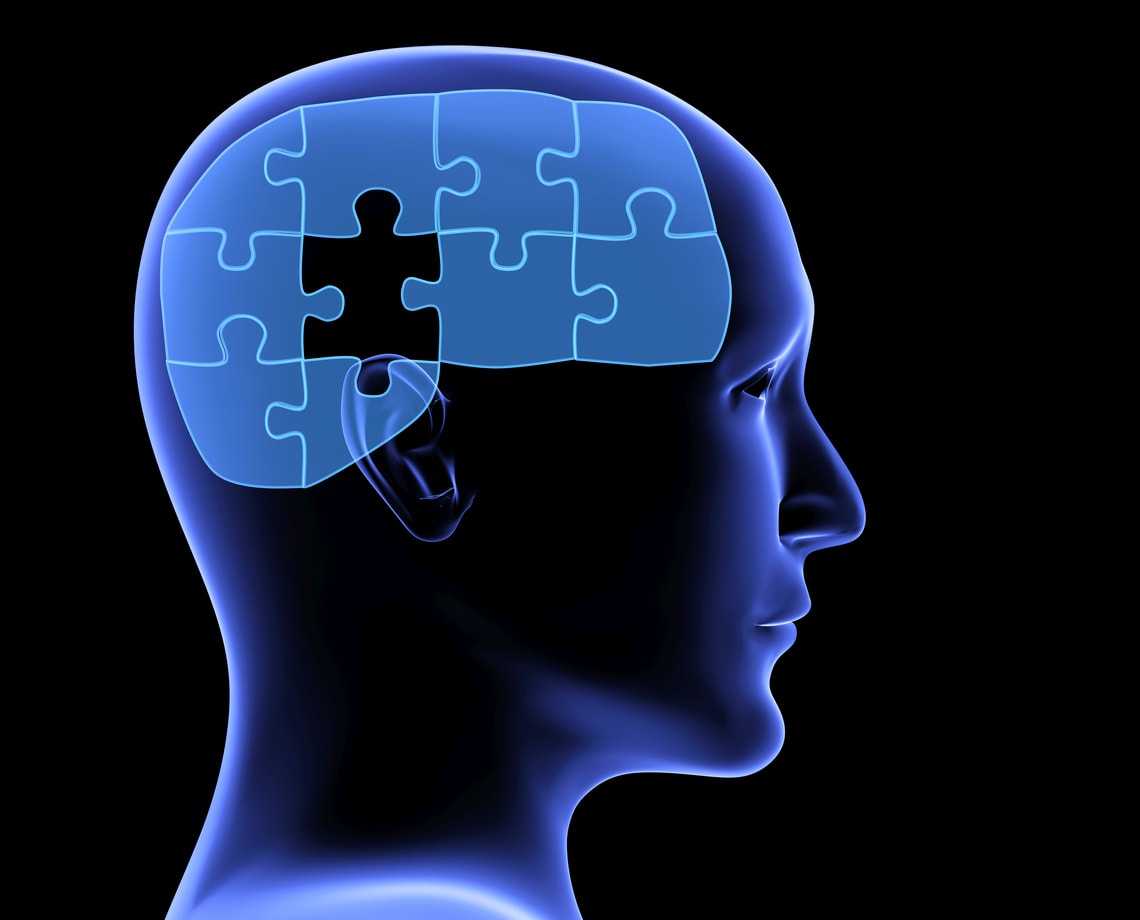memory palace: a mnemonic device – often a place or spatial arrangement imagined by an individual – for use as a familiar memory aide in ordering and recalling specific words, images, numbers, or ideas. Also known as: the method of loci; mind palace; memory journey; memory theater. Credited to fifth century B.C. Greek poet, Simonides of Ceo.
*** TROVELOG ***
I started training my memory to help with college exams. A few years later, in 2003, I became a memory athlete. During one type of event, you stare at a list of digits for an hour, then over the next two hours, you write down every one you can recall, in order. Most pros turn digits into a mental image—a 3 might become a billboard—then stick it in a known location, a method known as a Memory Palace. You might start out with only a few familiar sites, but you can gather more. I have about 80 palaces with 50 locations in each; when I go someplace new, I often explore to make a fresh palace.
When I finished my master’s degree, I decided to research the effects of these exercises, comparing the brains of memory athletes and noncompetitors. There’s nothing special about an athlete’s brain. Even scans of my own showed me to be exactly average, which was a little disappointing. We did find a difference in brain activity: When competitors are trying to remember more effectively, they employ different areas of the brain—such as those for visualization—in unison.
Anyone can learn to improve their memory, but it’s not like they’ll remember everything. For example, we showed test subjects a set of words, and told them to remember some but forget others. Later, the memory athletes could recall the targeted words better than the nonpros. When we asked for the words we had told them to forget, they got angry. They said: ”It’s not fair! If you’d told me to remember them, I could have!” When we finally got them to stop yelling, they did as poorly on those as everyone else.
[Story from: Boris Nikolai Konrad, guest researcher at the Donders Centre for Cognitive Neuroimaging, Radboud University, Netherlands]
◄TrovelogTrovelogTrovelogTrovelogTrovelogTrovelogTrovelog►
A memory technique invented by the ancient Greeks can make dramatic and long-lasting improvements to a person’s power of recall, according to research that suggests many of us have extensive untapped memory reserves.
After spending six weeks cultivating an internal “memory palace”, people more than doubled the number of words they could retain in a short time period and their performance remained impressive four months later. The technique, which involves conjuring up vivid images of objects in a familiar setting, is credited to the Greek poet Simonides of Ceos, and is a favoured method among so-called memory athletes.
The study also revealed that after just 40 days of training, people’s brain activity shifted to more closely resemble that seen in some of the world’s highest ranked memory champions, suggesting that memory training can alter the brain’s wiring in subtle but powerful ways.
. . .
The study, published in the journal Neuron, recruited 23 of the 50 top-scoring memory athletes in an annual contest called the World Memory Championships. The athletes were given 20 minutes to recall a list of 72 random nouns and they scored, on average, nearly 71 of the 72 words.By contrast, an untrained control group recalled an average of 26 words. This group then followed a daily 30-minute training regime where they practiced walking through a chosen familiar environment, such as their own home, and placing objects in specific locations.
. . .
Boris Konrad, a neuroscientist at the Max Planck Institute of Psychiatry in Munich who co-authored the study, said: “You really walk through a place and then later you visualise the location to place an object there. You’re not just wandering around in your crazy mental palace.”It also helps for the image to be vivid, bizarre and firmly placed in the location. In the book Moonwalking with Einstein, the memory expert Ed Cooke suggests remembering an item on a shopping list by imagining “Claudia Schiffer swimming in [a] tub of cottage cheese.”
Konrad, who also happens to be ranked 24th in the World Memory Championships, said the strategy is effective because it maps boring information onto something that the brain has evolved to do extremely well – recall imagery in specific locations.
“You take material that is really hard to remember and transform it into something accessible,” he said. “It does not make your memory capacity bigger; you use a different form of memory that already has a large capacity.”
See article at: Hannah Devlin, “Ancient technique can dramatically improve memory, research suggests,” The Guardian, March 8, 2017
◄TrovelogTrovelogTrovelogTrovelogTrovelogTrovelogTrovelog►
Orators in the ancient world, which lacked teleprompters, took advantage of this quirk in cognitive design in order to expand their memories. They positioned symbols of topics they planned to discuss in an imaginary structure called a memory palace, and as they spoke, imagined themselves walking through it. An imaginary dead rat in an imaginary doorway, for example, might remind Cicero to begin by insulting his enemy Catiline.
For more than a thousand years, a memory palace was in almost every intellectual’s mental toolbox, but the scholar Frances Yates, in her 1966 history, “The Art of Memory,” notes that its use began to subside after the invention of movable type, perhaps because printing proved superior as an artificial memory technology. By the time the journalist Joshua Foer wrote “Moonwalking With Einstein,” his 2011 account of memory palaces, almost the only people still in the habit of constructing them were hobbyists who competed to memorize the order of cards in shuffled decks.
In the 16th century, an Italian philosopher named Giulio Camillo Delminio decided to build what he called a memory theater, a physical version of a memory palace. No one is quite sure how it was supposed to work; the only person Camillo told, Yates wrote, was the king of France, who financed it. But the intent seems to have been mystical. Symbols of every domain of knowledge were to be installed inside. Once a spectator was initiated into the symbols’ meanings, he could step in and have a conspectus of all the wisdom in the universe.
See book review at: Caleb Crain, ” ‘Memory Theater,’ by Simon Critchley,” The New York Times, December 16, 2015
◄TrovelogTrovelogTrovelogTrovelogTrovelogTrovelogTrovelog►
[The creators of Sherlock Holmes on the BBC/ Masterpiece program “Sherlock”] have gifted him with a talent for a mnemonic device straight out of ancient Greece—the mind palace. Of course, this being Holmes (and television), his version was somewhat more advanced than that of the average rememberer.According to myth, the Greek poet Simonides of Ceos invented the technique after attending a banquet gone wrong. Simonides stepped outside to meet with two young men. But when he arrived outside, the young men were not there and the hall was collapsing behind him. Though his fellow banqueters were too badly crushed by the collapse for their remains to be identified, Simonides was supposedly able to put a name with each body based on where they had been sitting in the hall. That ability to remember based on location became the method of loci, also known as memory theater, the art of memory, the memory palace and mind palace.
To use the technique, visualize a complex place in which you could physically store a set of memories. That place is often a building such as a house, but it can also be something like a road with multiple addresses. In the house version, every room is home to a specific item you want to remember. To take advantage of the mind’s ability to hold onto visual memories, it often helps to embellish the item being stored—the milk you need to buy at the grocery store might become a vat of milk with a talking cow swimming in it. When those memories need to be recalled, you can walk through the building in your mind, seeing and remembering each item.
See article at: Sarah Zielinski, “The Secrets of Sherlock’s Mind Palace,” Smithsonian Magazine, February 3, 2014
◄TrovelogTrovelogTrovelogTrovelogTrovelogTrovelogTrovelog►
[T]he poet Simonides of Ceos in the fifth century B.C. . . . reportedly invented a technique that would form the basis of what came to be known as the art of memory. . . . He reasoned that just about anything could be imprinted upon our memories, and kept in good order, simply by constructing a building in the imagination and filling it with imagery of what needed to be recalled. This imagined edifice could then be walked through at any time in the future. Such a building would later come to be called a memory palace.
. . .
Memory palaces don’t have to be palatial — or even actual buildings. They can be routes through a town or signs of the zodiac or even mythical creatures. They can be big or small, indoors or outdoors, real or imaginary, so long as they are intimately familiar.See article at: Joshua Foer, “Secrets of A Mind-Gamer,” The New York Times Magazine, February 20, 2011
◄TrovelogTrovelogTrovelogTrovelogTrovelogTrovelogTrovelog►
See related Trovelog posts: Dunbar’s number <>






